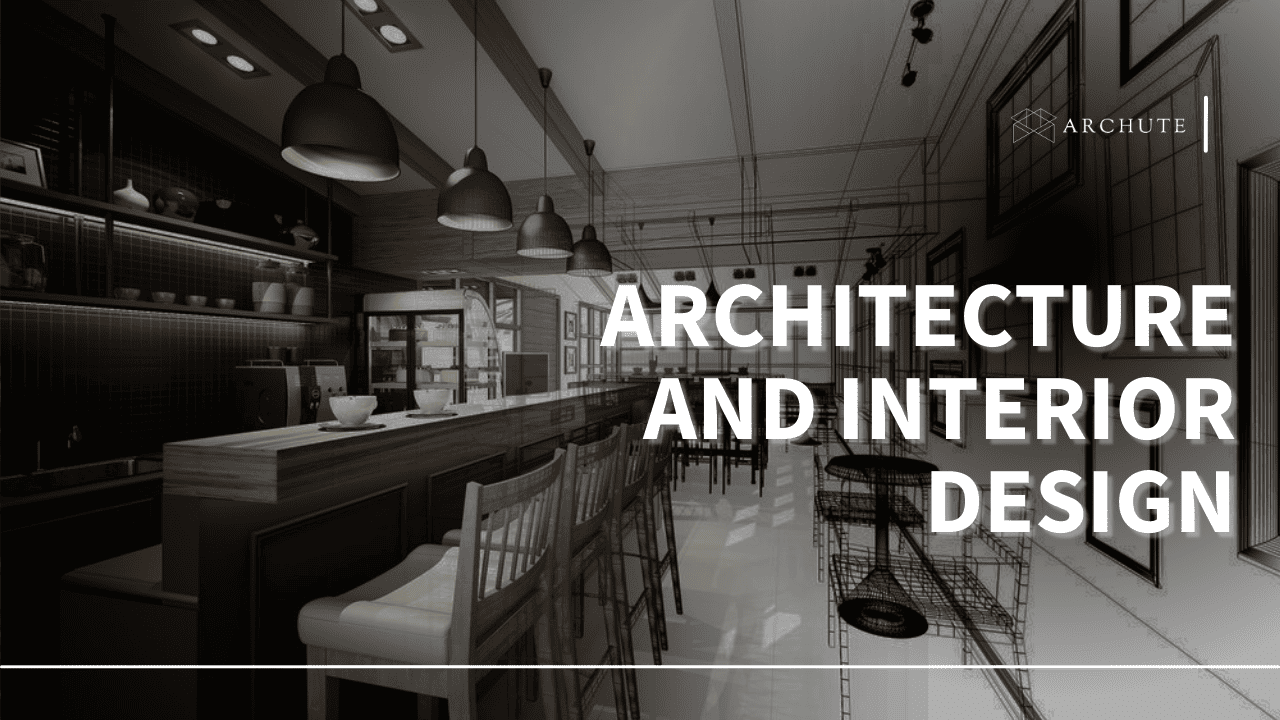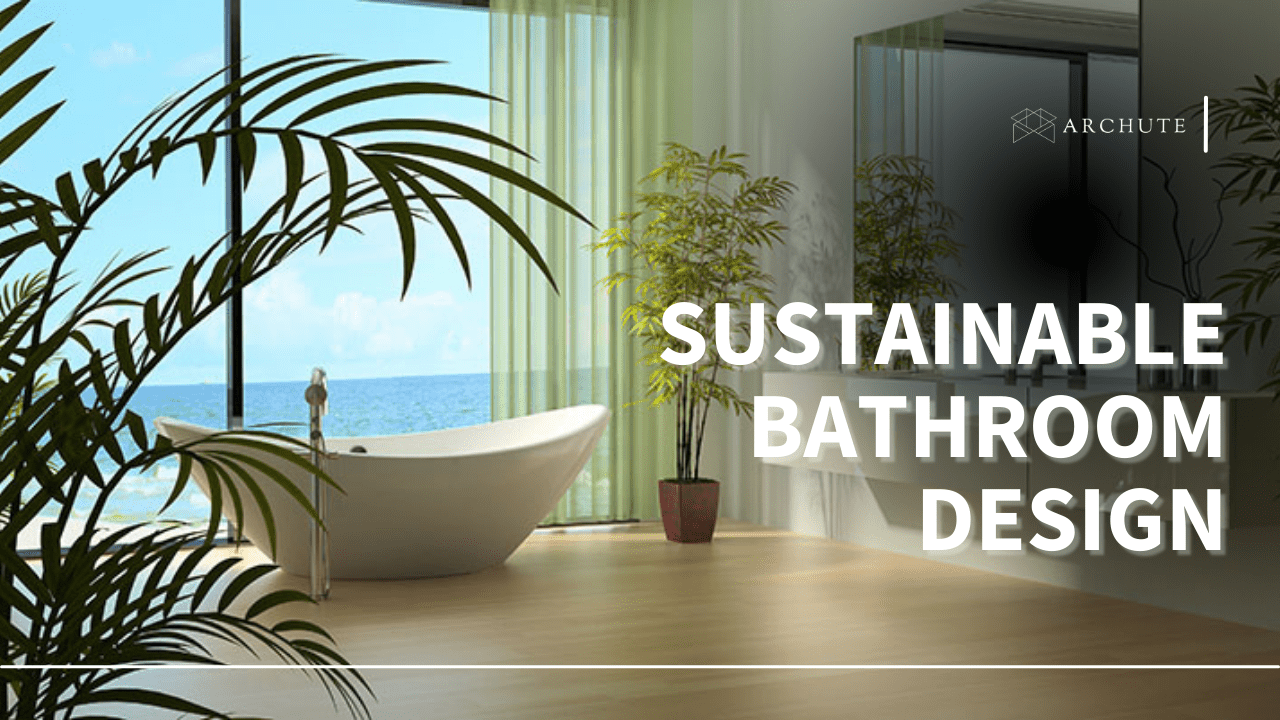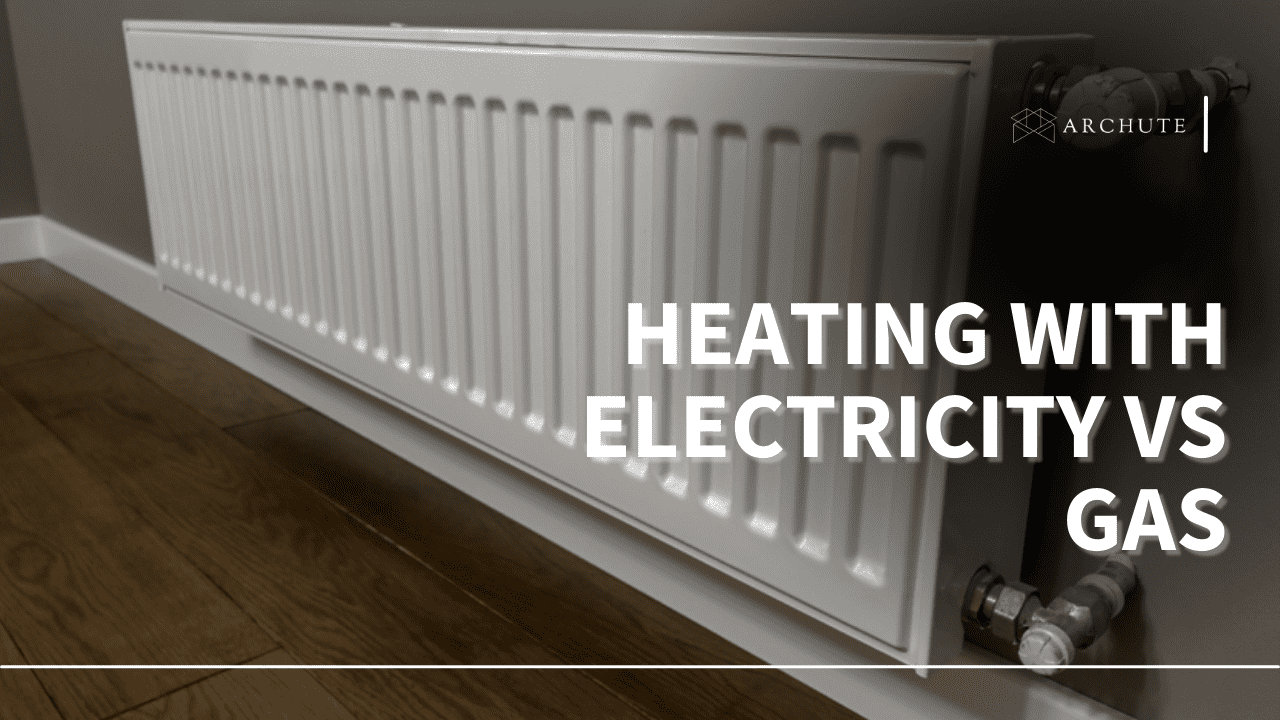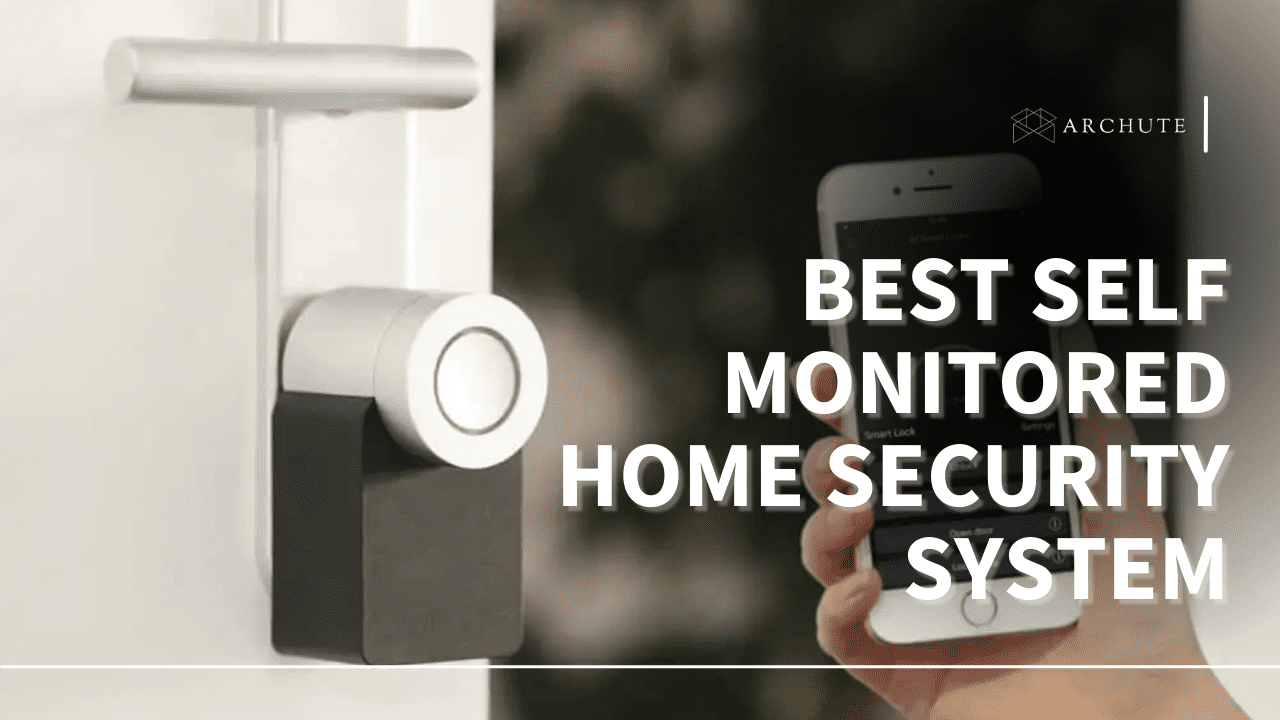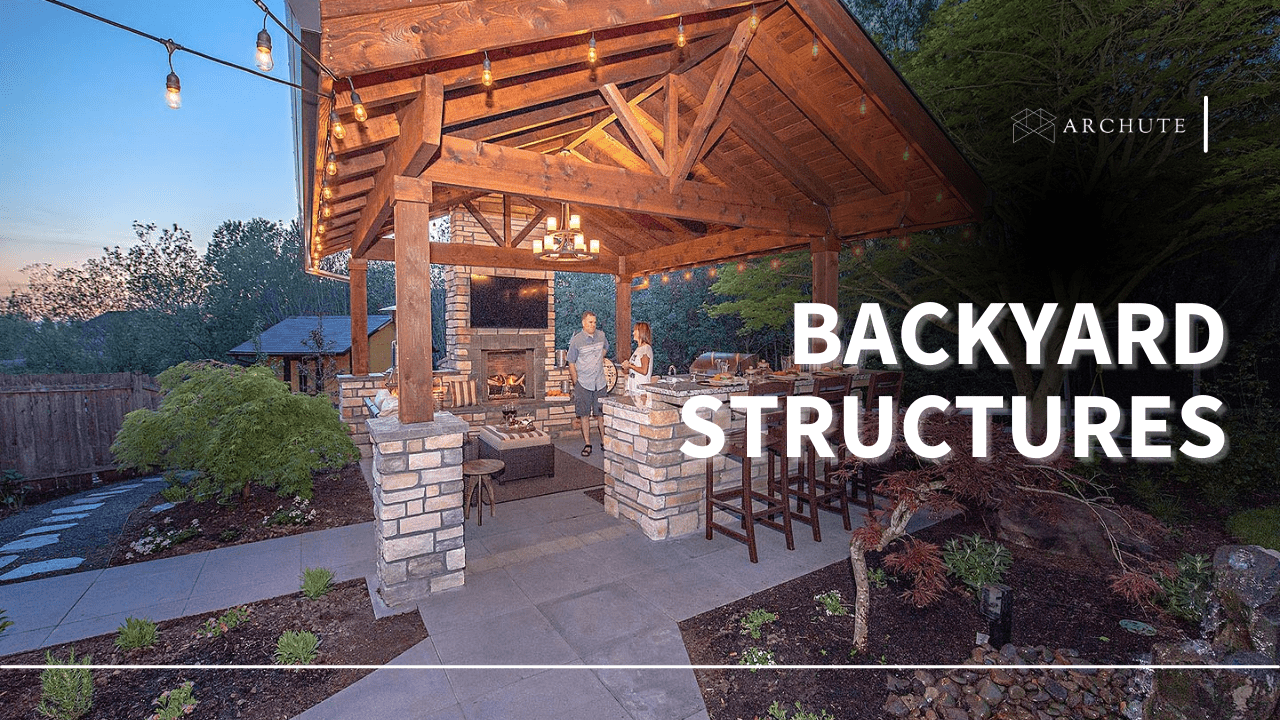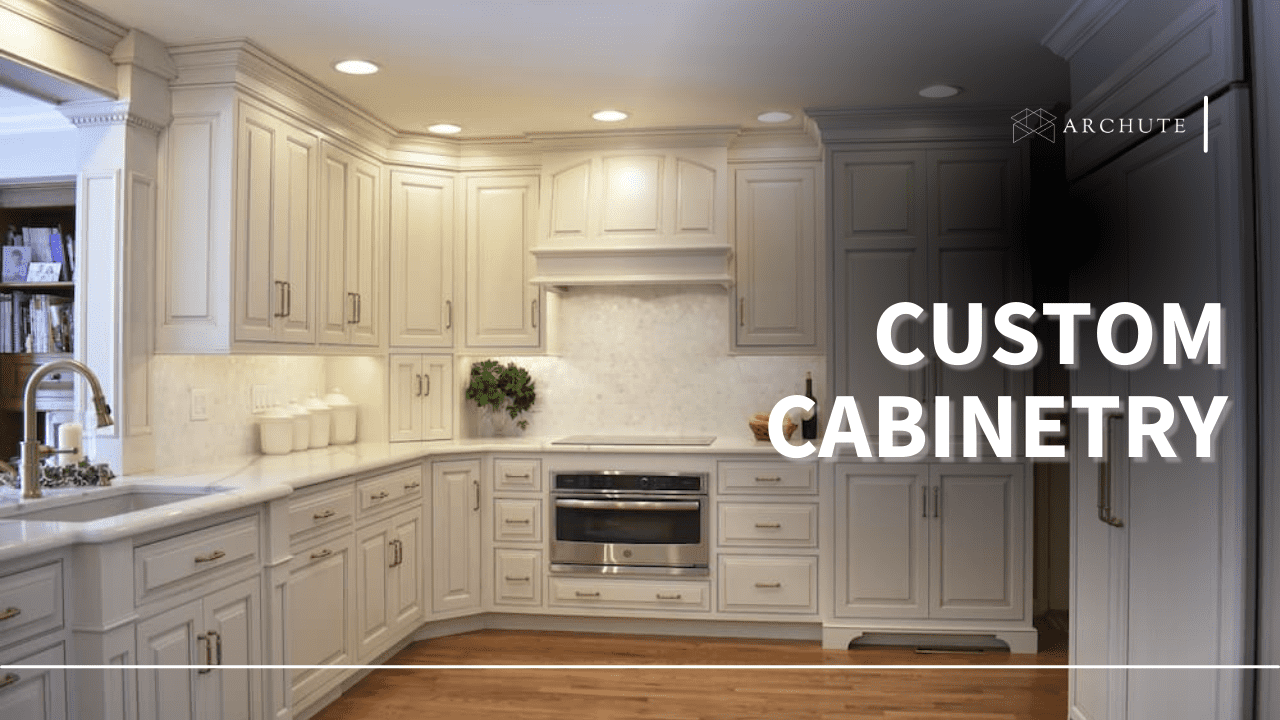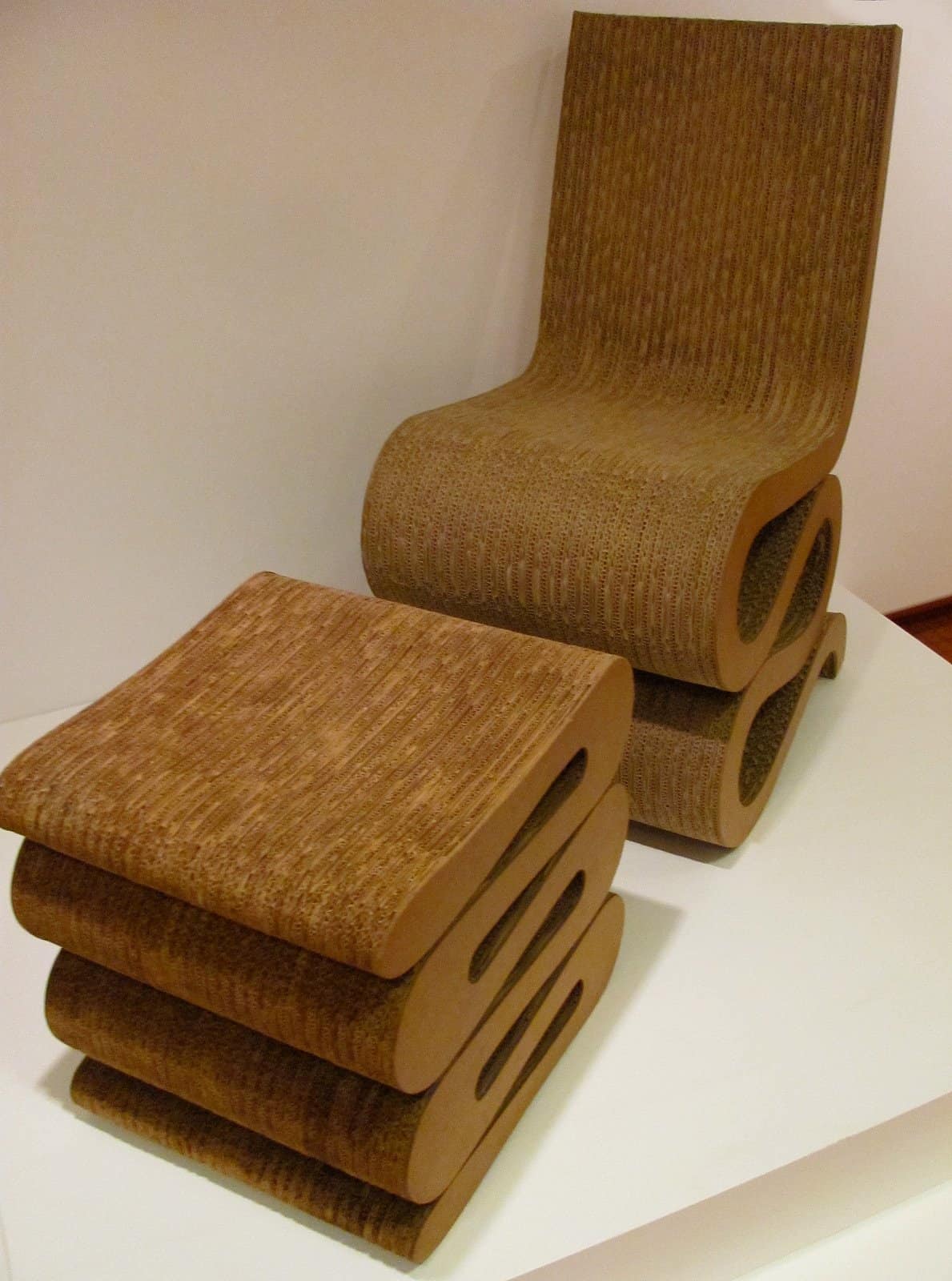Often confused, interior architecture and interior design are two different things. While they both focus on the interior of a house, the approach and purpose are quite different. Interior architecture and interior designer responsibilities are different as well. So, what do interior architects and interior designers do in an interior space, and how can you differentiate between the two?
Interior architecture focuses on the design of a room while considering the functionality of the room, with the structure of the existing building in mind. On the other hand, interior design focuses on the aesthetic aspects and feel of a room.
Here are more differences between interior architects and interior designers.
Differences Between Interior Architects and Interior Designers

Image Source: archdaily.com
a) Interior Architecture and Interior Design Qualification
Although both the interior architect and interior designer may have a bachelor’s degree, the difference may lie in the majors. For example, an interior architect may possess a degree in architecture, whereas an interior designer possesses a bachelor of interior design. Usually, both the architect and interior designer are part of the design school, but the distinction may arise from the choice of specialization.
b) Collaborations
Both the interior architect and interior designer will interact at a given point, even indirectly, through their work. However, the interior architect and designer will directly interact with slightly different people during their work to fulfill their purposes.
For instance, an interior architect will share design plans with the structural engineer, building contractors, lighting specialists, and more. On the other hand, the interior designer might work with the painter, the lighting specialist, the plumber, artisans who fix models, and anyone whose work you will first see when you walk into a room.
c) Skills
Both the architect and interior designer require creative skills. However, the fundamental skills between the two professions differ in terms of how they apply their profession to a building. The architect's skill focuses more on the structural design, integrity, and practicality of the room while the interior designer will focus more on the feel and look of interior spaces, ensuring everyone inside is comfortable.
d) Software
The interior designer and the interior architect might use slightly different software. However, for the most part, the software is similar. For instance, interior designers use software such as RoomSketcher, AutoDesk AutoCAD LT, SketchUp, TurboCAD, Archicad, and more. On the other hand, an interior architect will use software such as Archicad, AutoCAD, Chief Architect, 3DS Max, Sketchup, and more.
How External Architecture Can Impact Interior Design

Image Source: nytimes.com
When designing homes one has a tendency of perceiving the interior and exterior of the home as two distinct entities. However, when addressing them more comprehensively, there is an opportunity to design a home that would be greater than the individual components creating it.
This applies especially to how the external architectural structures affect exterior designs. By having a deeper insight into how and why these impact the ornamentation, you can make wiser choices in both.
Well, let me highlight a few of the most important factors.
i) Roofing Choices
A roof is one of the most crucial parts of the house in terms of architecture. On the one hand, it contributes to keeping your family members and home safe from various dangerous factors and moisture. This is why most of the decisions you take concerning this area of the house are often dictated by needs. For instance, if you are fitting a roof, you will probably opt for products that are suitable for the humid and muggy conditions. In New Orleans for instance one might opt for a lower profile metal roof for purposes of resisting hurricanes. Nevertheless, your roof options can also affect the effectiveness of your indoor design.
Some pertinent examples of this are vaulted and cathedral ceilings. This approach to interior design is becoming more popular. It opens up the space in your rooms and also holds the possibility of increasing the amount of natural light that is let into your house. Other than that it establishes that you mean business every time you come through the front door.
However, the type of external architecture especially roofing that you have determines how feasible or otherwise this approach is. Concerning vaulted ceilings you can still have a roof that necessitates loft space for structural or ventilation reasons. This is because it is possible to vault the ceilings around a curved frame you construct beneath the roof. When it comes to cathedral ceilings, however, you must select a slanting roof where joists or other components such as HVAC systems do not require to be concealed within the loft space.
ii) Window Considerations
Again, windows are an architectural element of the home that is too often considered to be purely functional in nature. Yet, the choices you make here can drastically alter the way you live in your home. By putting a little extra thought into the style and placement of your windows, there is the opportunity to level up your interior design.
The most obvious consideration here is in relation to natural lighting. Small rooms, particularly on the ground floor, can seem a little dingy. But making the windows slightly larger can make sure more sunlight can enter the room. Combined with light-colored walls and some well-placed mirrors, this can make the room feel brighter and larger.
Where light is concerned, it’s worth considering what times of day your family spends in the communal areas. If you all gather in the living room in the evenings, placing a larger window facing toward the west side of your home means you get to enjoy more of the natural light.
That said, the way you think about the function of a window is important too. It doesn’t just let light in; it gives you a view out into the world. Choose the positioning and size of your windows as though it is a picture frame. Use it to celebrate the most attractive vistas outside. You can then choose soft furnishings that reflect this view as the seasons change.
iii) Wrapping Up
One should ensure that the exterior architectural decisions for a home take into consideration their interior implications. More decorative options can also be improved through small changes in size, shape and position. Bear in mind that it makes you possess the keys to make global transformations to enhance the relationship between you and your home.
Frequently Asked Questions Between Interior Design and Architecture

Image Source: maisonvalentina.net
1) Can you do architecture and interior design together?
Yes, you can do both interior architecture and design. However, it is easier for an interior architect to practice interior design than an interior designer to try out interior architecture unless they do a course in architecture. The interior design profession is just as important as interior architecture. The main difference would be that the interior design qualification may not necessarily be a degree.
Please note that in some states, you will be required to have an Interior Design Accreditation before you can be contracted to do a project. Many interior designers are DIY kings and queens, but it is a huge added advantage to get some form of accreditation for it, either in form of a degree or a recommendation with a strong portfolio.
2) What do architects and interior designers do?
Architects mainly focus on the overall look of the house, its structural elements, a purposeful approach, and more things to do with the structural integrity of a house.
Interior designers focus on how best a building can be suited to its use to serve the needs of the occupant. For instance, a clubhouse will require a totally different design approach from a dance studio. The interior designer will figure out how to approach any two scenarios differently.
3) Is interior design a branch of architecture?
Interior design can be an extension service to architecture but hardly a branch. There are technical aspects that make the two professions quite different. A design firm can have both architecture and interior design departments in it.
4) Which is more difficult interior design or architecture?
Generally, architecture would be more challenging than interior design because the interior architecture program requires you to have at least gone through an architect registration examination. On the other hand, an interior decorator can pull tips off the internet, create a cool project and win contracts.
Final Thoughts
Interior architecture and interior design are both important to make spaces livable and functional. However, there are certain things that make each of the two professions exclusive of each other. Both architecture and interior design are design professions and go hand in hand in building projects.

